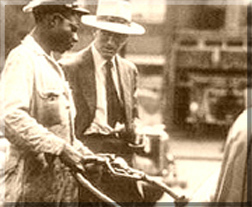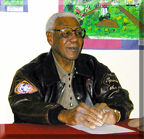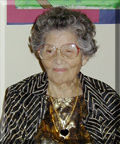
|
Image
obtained from IMSI's Master Photos |
"In
1956, the spread of integration in the southern minor-league baseball
had not lessened racists' passions for preserving their separate-but-unequal
traditions. 'When they told me I had to leave
Louisiana,' Alou recalls, 'it took me three
days on a Greyhound bus to travel from Lake Charles to Cocoa, Florida.
The bus stopped every where. When we stopped, I had to find the lines
that said Colored People. By the time I found that line and got on the
line, the bus was ready to to depart. I never had a chance to eat. They
gave me twelve dollars, meal money for three days. I arrived in Cocoa
with ten-something dollars in my pocket. They used to have machines
you could put ten cents or whatever in and you'd get some peanuts. That
was my food for three days.'"
"Indeed,
the Brooklyn Dodgers were quite conscious of southern racial attitudes
when they signed Robinson to his first organized baseball contract.
In 1946, to further Robinson's baseball training,
the Dodgers opted to send him to their Class AAA minor-league affiliate
in Montreal rather than to the franchise's AA farm club in Mobile, Alabama.
The Dodger's management believed that Canadians harbored more tolerant
racial sensibilities compared to those of white southerners in the United
States. The Dodgers simply did not wish to inflame whites in
the South of 1946 with the sight of an African American ballplayer playing
and living among them."
While
black players were making an impact all over the nation, nowhere was
their presence felt more keenly than in the South. In the Florida
International League, for example, some owners were concerned about
the potential repercussions of a black pitcher hitting a white batter
with a pitch during a game. But this did not stop the league's integration.
Attempting to ease black player's transition into
the league, team owners ensured that nonwhite athletes were paired on
each integrating team so that these pioneers would not have to face
Jim Crow alone."
|
||||||||||||||||||










